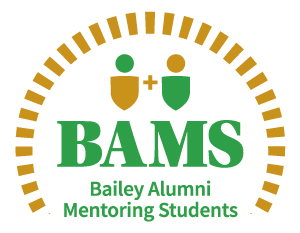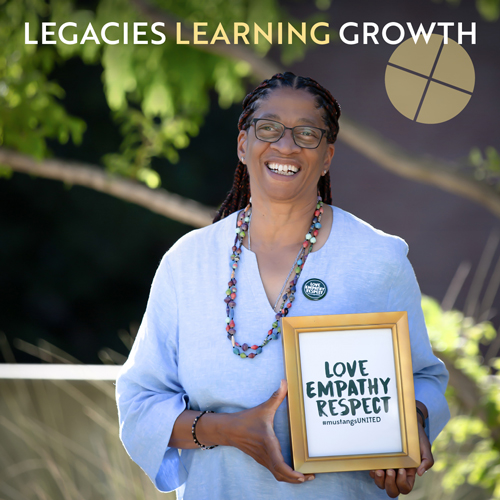BCSM Spaces 2025

PHOTO GALLERY OF SELECT RESEARCH LOCATIONS FOR THE BAILEY COLLEGE OF SCIENCE AND MATHEMATICS
Pismo Beach, California
Cal Poly researchers conduct monthly surveys on Central Coast beaches to collect data on Pismo clam quantities and sizes. Pismo clam populations declined in the 1980s and the research team aims to understand this decline and provide information to management agencies on the current status and recovery of the species. Local agencies and community members partner in these efforts organized by Cal Poly students. In the above photo, marine science student researchers Jacob Hinshaw (left), Madeleine Yang and Sasha Evans rebury Pismo clams properly in the sand after measuring the specimens — an important step to ensure the clams can return to their habitat unharmed. Hinshaw, Yang, Evans and other Pismo clam researchers at Cal Poly are supported through funds provided by Santa Rosa Creek Foundation, Frost Fund and other organizations. Photos by Joe Johnston



Robert F. Hoover Herbarium
Located in Fisher Science Hall, this space contains more than 100,000 mounted dry vascular plant specimens and 2,500 algal specimens representing the diverse flora of western North America and is the largest repository of botanical specimens from California's Central Coast. It holds several thousand unmounted specimens for research projects plus photographic collections. The herbarium leads state-wide efforts to manage biodiversity data and is a resource for Cal Poly student and faculty research in plant systematics, floristics and California vegetation and is available to the scientific community. In the photo is herbarium student curator and biological sciences researcher TJ Samojedny scanning plants using a portable X-ray fluorescence device. Each quarter, a student curator is selected and supported through a curation course, grant funding and the V.L. Holland Student Curator Fellowship. To learn more about other impactful fellowships in the Bailey College, see the article "Everyone Wins with Funded Fellowships" on Page 18. Photo by Joe Johnston


To Bailey College Student and Faculty Researchers:
Email us about a unique or important space or location related to your research in the Bailey College of Science and Mathematics.






